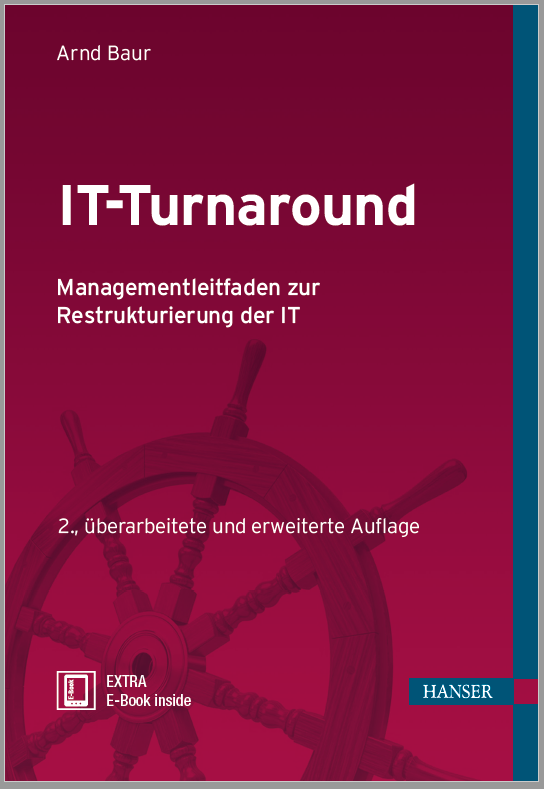What are pragmatic IT measures of the CIO in response to the Corona crisis? CIOs, IT managers and other IT managers are currently battling the impact of the Coronavirus crisis on business. Here is a selection of pragmatic measures and initiatives with which IT managers can react to the crisis: first, immediate measures to support remote work / home office and to stabilize the systems. Secondly, however, measures that make sense in the short term to adapt IT to the post-acute crisis and to set it up accordingly (2 pages PDF file).
Pragmatic IT measures in response to the Corona crisis – English version of LinkedIn: CIO's Pragmatic Immediate and Short-Term IT Reactions to Coronavirus Crisis: Curre
ntly, CIOs I talked to are fighting against the impacts of Coronavirus (COVID-19) crisis. The current focus is on enabling remote work and stabilizing IT operations. However, it appears very likely that the business impact of Coronavirus crisis will require CIOs to cut costs and prepare for a post-crisis – already in the short term. I tried to summarize both current and short-term pragmatic IT reactions on two pages.
APR

